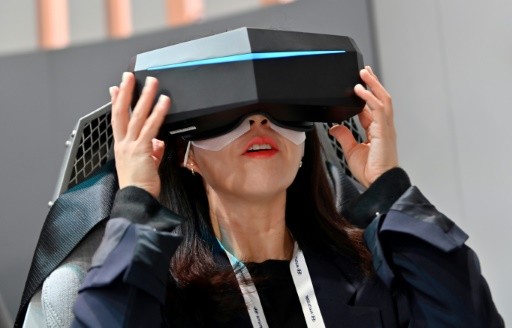JP Morgan is betting on the metaverse, calling it a $1 trillion yearly opportunity in a recent report — and it’s putting its money where its mouth is, opening the first bank ever in the virtual world. It’s a strong indicator of the opportunities for brands and businesses in the growing decentralized metaverse economy, if they enter this new space strategically.
What does that look like? Yonatan Raz-Fridman, CEO of Supersocial and host of the Into the Metaverse podcast, sat down with Marty Berman, vice president of North America/LATAM for LandVault to dive into what this means for brands that make a move now to establish a presence in blockchain-based metaverse-type platforms — from gaining a foothold to developing a long-term metaverse strategy.
“So many brands right now think of the metaverse as an extension of the internet, the next version of the internet, but it just isn’t there yet,” Berman explained. “It’s not a scale-and-reach opportunity right now. There aren’t 70 million consumers there. It’s about quality over quantity — it’s about inviting consumers in to experience your brand in a new and exciting way, that you just can’t in other mediums.”
What today’s metaverse opportunity looks like
The decentralized metaverse, which encompasses platforms like Decentraland, Sandbox, Somnium Space, TCG World and more is all about community, and built on blockchain ownership. They’re digital experiences that initially evolved out of gaming spaces like Minecraft, but have come to embrace a variety of social worlds and events, whether you’re on a VR headset or in a browser.
From a decentralized standpoint, the metaverse is made up of a broad array of platforms, and the number of platforms is only going to increase in the next few years. What’s happening now is an opportunity, within those ecosystems, to define how much land is available for companies to buy or lease, and then build value on that chunk of virtual real estate.
It’s important to understand that these are real-world economies, Berman said, and land value will fluctuate, especially here at the beginning. Because of that, brands should consider land as a long-term asset, or consider leasing short-term or long-term, in order to test and learn. Leasing also means brands aren’t locked in to one platform, as the market grows and new platforms launch. LandVault is betting on the long term, buying land and leasing it, confident that land ownership is what’s ultimately going to drive value from an economy standpoint.
Best practices for brands ready to take the leap
What does a brand metaverse experience look like? Instead of making replicas of real-world encounters in the metaverse, it’s creating what Berman calls “digital experiential.”
“From a best practices standpoint, you have to take that web2 lens off and really look at it from a web3 perspective: what is the platform capable of?” Berman says. “The question is how do we push the boundaries of the technology and the capabilities of each platform to be able to take advantage and leverage these new experiences?”
It requires diving in deep to figure out what your platform can do, and how to take advantage of it to represent your brand. You’ll need to figure out how to measure this in terms of success within that web3 lens, how to leverage current initiatives within that space, and bring those to life in a way that illuminates your brand in a three-dimensional way.
Brands can engage consumers with brand-new metaverse opportunities, like quests with rewards, a place to earn or buy wearables or NFTs, a place to socialize with and play with other fans of the brand. It’s especially important to always keep the end goal front-of-mind as you build — what’s going to keep users coming back, after their initial visit? From that perspective, it’s about pushing the boundaries of the technology and the capabilities of each platform to find brand-new ways to excite a visiting consumer.
One of the most successful strategies to drive consumers to new metaverse experiences is to build them as part of an ongoing initiative. Berman pointed to the success of Mastercard’s Pride Plaza, which Ad Age hailed as one of June 2022’s top metaverse builds.
Why brands should start now
Establishing a presence in the metaverse is a longer-term commitment Berman said. It’s also a brand-new challenge. You’re going from a consumer sales standpoint to an invitation to connect in a whole new world, building an interactive narrative rather than a one-way conversation. That takes time to click.
“As I like to say, aim small and miss small right now,” Berman says. “Right now the opportunity is to get in and before consumers. Think of it as an 18-24 month journey that you’re going to take your brand and your team on to understand what consumers interact with. Before this takes off, you want to be able to understand what engages your consumers, so you can iterate and test and learn as you continue to build on the experiences.”
https://venturebeat.com/metaverse/with-the-metaverse-opportunity-topping-1-trillion-its-time-for-brands-to-make-the-leap%EF%BF%BC/amp/





